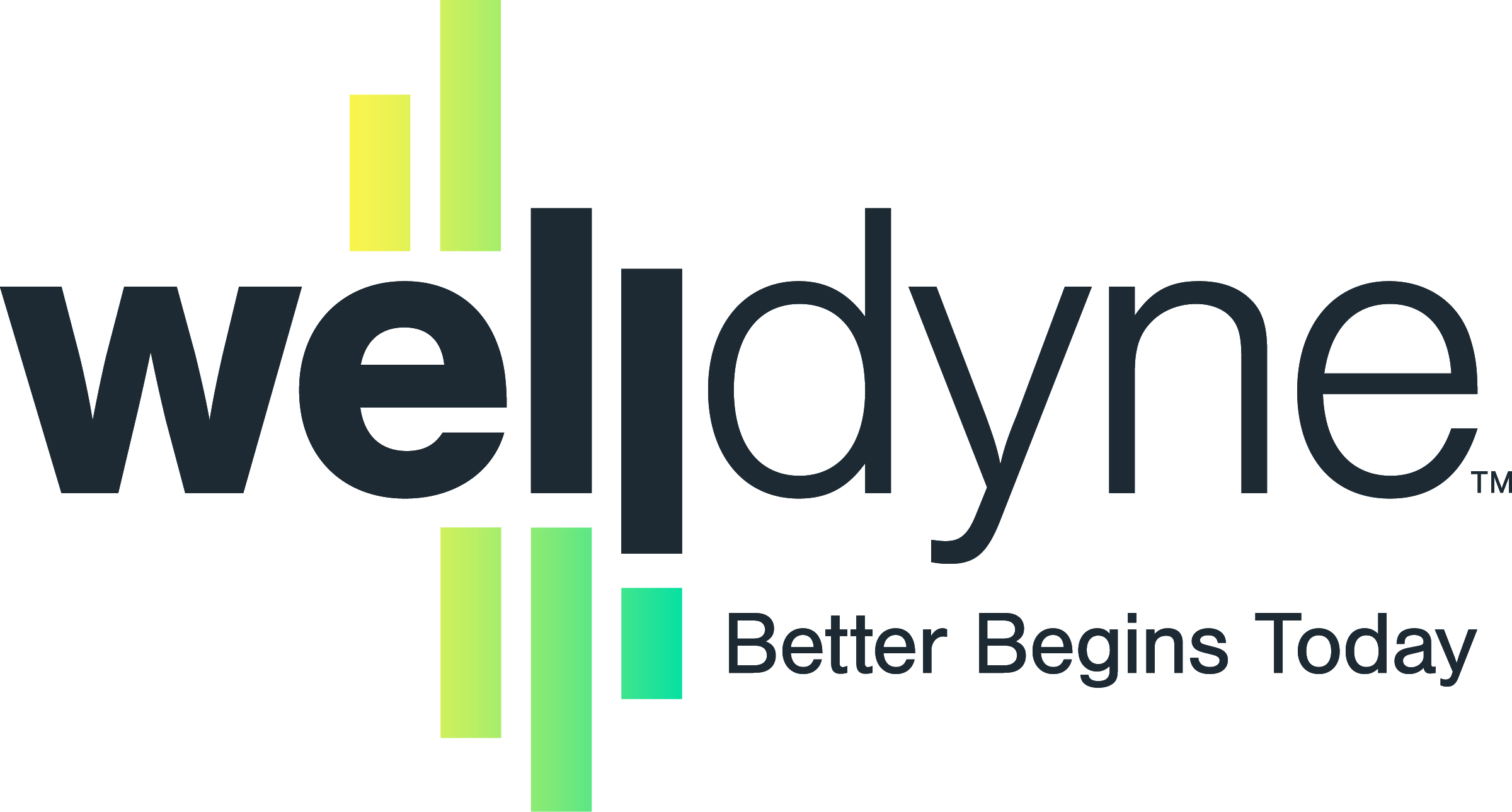Cow's milk - infants
If your child is under 1 year old, you should not feed your baby cow's milk, according to the American Academy of Pediatrics (AAP).
Cow's milk does not provide enough:
-
Vitamin E
Vitamin E
Vitamin E is a fat-soluble vitamin. Your body stores vitamin E in fatty tissue and the liver.
Read Article Now Book Mark Article -
Iron
Iron
Iron is a mineral found in every cell of the body. Iron is considered an essential mineral because it is needed to make hemoglobin, a part of blood ...
Read Article Now Book Mark Article - Essential fatty acids
Your baby's system cannot handle the high levels of these nutrients in cow's milk:
-
Protein
Protein
Proteins are the building blocks of life. Every cell in the human body contains protein. The basic structure of protein is a chain of amino acids. ...
Read Article Now Book Mark Article - Sodium
- Potassium
It is also hard for your baby to digest the protein and fat in cow's milk.
To provide the best diet and nutrition for your infant, the AAP recommends:
- If possible, you should feed your baby breast milk for at least the first 6 months of life.
Breast milk
Experts say that breastfeeding your baby is good for you and your baby. If you breastfeed for any length of time, no matter how short it is, you and...
Read Article Now Book Mark Article - You should give your baby only breast milk or iron-fortified formula during the first 12 months of life, not cow's milk.
- Starting at age 6 months, you may add solid foods to your baby's diet.
If breastfeeding is not possible, infant formulas provide a healthy diet for your infant.
Infant formulas
During the first 4 to 6 months of life, infants need only breast milk or formula to meet all their nutritional needs. Infant formulas include powder...
Read Article Now Book Mark ArticleWhether you use breast milk or formula, your baby may have colic and be fussy. These are common problems in all babies. Cow's milk formulas usually do not cause these symptoms, so it may not help if you switch to a different formula. If your baby has ongoing colic, talk with your health care provider.
References
Meek JY, Noble L. Policy statement: Breastfeeding and the use of human milk. Pediatrics. 2022;150(1):e2022057988. PMID: 35921640 pubmed.ncbi.nlm.nih.gov/35921640/.
Parks EP, Shaikhkhalil A, Sainath NN, Mitchell JA, Brownell JN, Stallings VA. Feeding healthy infants, children, and adolescents. In: Kliegman RM, St. Geme JW, Blum NJ, Shah SS, Tasker RC, Wilson KM, eds. Nelson Textbook of Pediatrics. 21st ed. Philadelphia, PA: Elsevier; 2020:chap 56.
Stuebe AM. Population health and informed feeding decisions. In: Lawrence RA, Lawrence RM, eds. Breastfeeding: A Guide for the Medical Profession. 9th ed. Philadelphia, PA: Elsevier; 2022:chap 6.
Review Date: 7/1/2023
Reviewed By: Charles I. Schwartz, MD, FAAP, Clinical Assistant Professor of Pediatrics, Perelman School of Medicine at the University of Pennsylvania, General Pediatrician at PennCare for Kids, Phoenixville, PA. Also reviewed by David C. Dugdale, MD, Medical Director, Brenda Conaway, Editorial Director, and the A.D.A.M. Editorial team.


